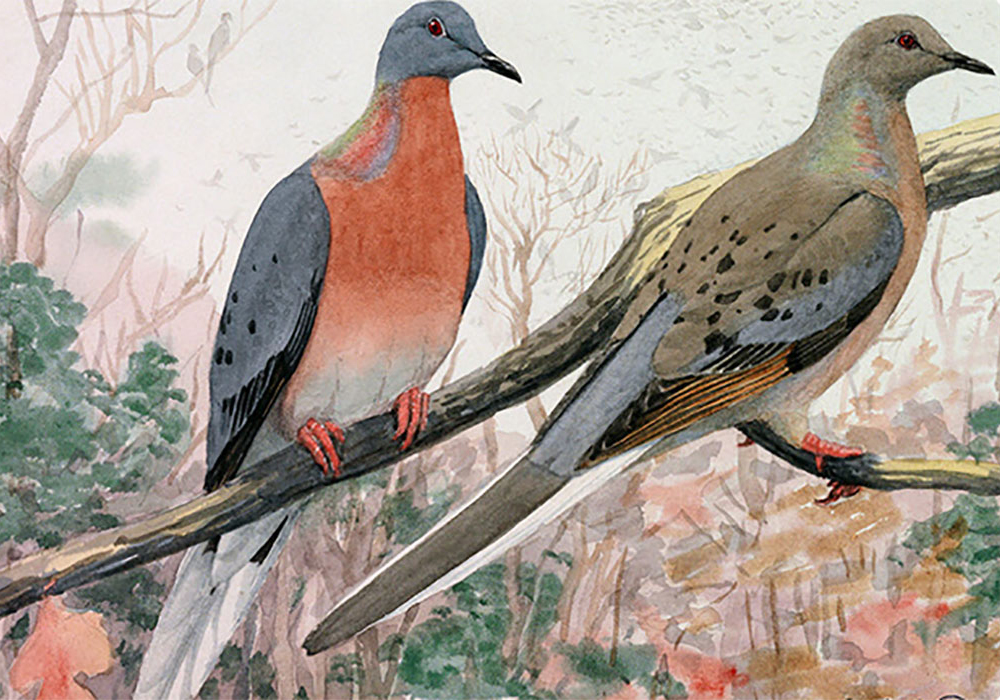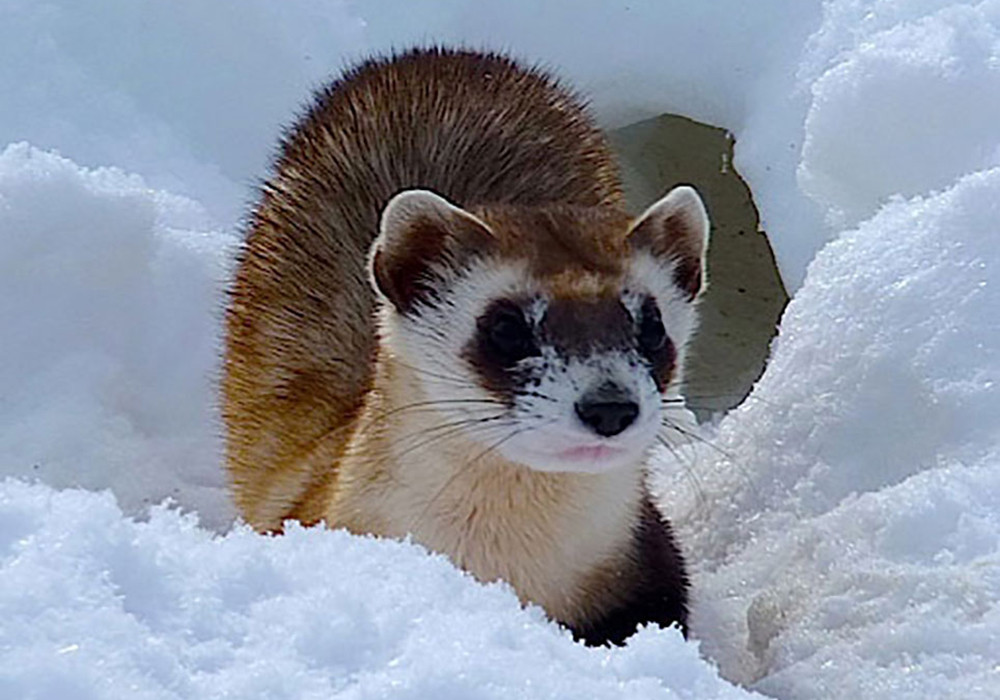Bringing biotechnologies to conservation
The Revive & Restore mission is to enhance biodiversity through the
genetic rescue of extinct and endangered species.
Ecosystems around the world face unparalleled biodiversity loss. But solutions are available. Genomic technologies have evolved and are increasingly affordable and dynamic. This presents an opportunity to address conservation challenges in ways never before possible. We can rewrite the story of species decline with a new Genetic Rescue Toolkit. This conservation toolkit includes a wide variety of biotech applications—from genomic sequencing and biobanking, to advanced reproductive technologies and gene editing—all insightful, powerful tools that will address some of the planet’s most pressing problems.

OCEAN GENOMICS HORIZON SCAN
To help halt and reverse the trends of oceanic degradation, we must innovate and employ every available tool. Our Ocean Genomics Horizon Scan provides a first-of-its-kind assessment of genomic and biotech innovations to complement, enhance, and accelerate today’s marine conservation strategies.

CORAL CLIMATE CHANGE RESILIENCE
The first grant from the Catalyst Science Fund was awarded in 2018 to investigate the genomic stress trigger that may cause coral bleaching. This resarch was an essential step in understanding the large-scale bleaching of coral reefs and helped to establish a novel way to perform genomic research on corals.

CATALYST SCIENCE FUND
We recognize that a key barrier to the adoption of genomic solutions by the conservation community is a lack of success stories. To address this issue, the Catalyst Science Fund was created to support select conservation projects that may be applied toward high-impact conservation challenges.

SAVING THE HORSESHOE CRAB
At a press event hosted by New Jersey Audubon Society, when horseshoe crabs were spawning on the beaches of Delaware Bay, Revive & Restore presented findings about synthetic alternatives that will help remove a significant threat to this 450 million-year-old species and the migratory shorebirds that rely on the crab’s eggs for essential nutrition.
Genetic Rescue for the Black-footed Ferret
Significant laboratory work got underway in 2019 following six years of preliminary research and design, partnership building, and federal permitting. Our three projects, all supported by our Catalyst Science Fund, represent a nationwide effort to increase the genetic diversity of one of North America’s most threatened species and to secure its recovery in the wild.

The great passenger pigeon comeback
Revive & Restore began with one idea: to look at conservation in a new light. We thought if we might bring the Passenger Pigeon back from extinction it would show that biodiversity loss doesn’t have to be a permanent ecological loss. This ambitious project continues to be a major focus for us and project lead Ben Novak. This year, a world’s first was accomplished.
GENETIC RESCUE
Revive & Restore uses an expansive definition of the concept of genetic rescue to include genetic-based tools to document biodiversity, inform conventional management practices, and in some cases, enable novel genomic interventions. Genomic technology has the potential to advance and complement conventional conservation management.
Most genetic approaches to conservation have been limited to assessing very basic evolutionary processes such as gene flow, neutral genetic diversity, and effective population size, with little meaningful understanding of how genetic variation relates specifically to adaptation. Given the affordability of sequencing and the increasing prevalence of conservation threats potentially suited to genetic approaches, there is an opportunity to advance a suite of innovative new applications we call the Genetic Rescue Toolkit.




